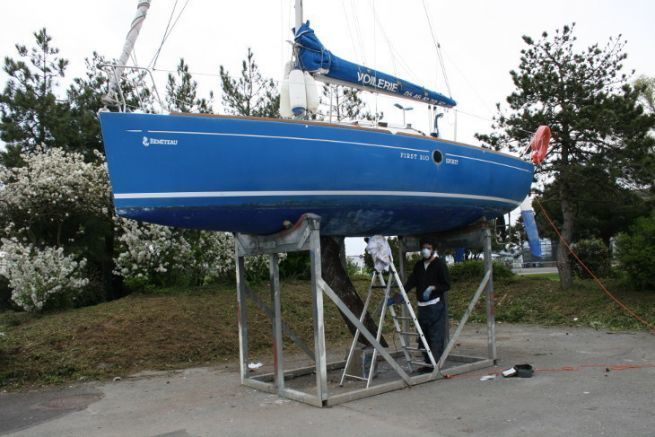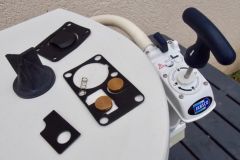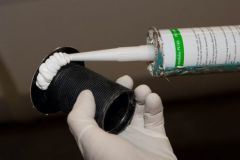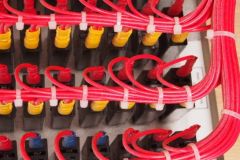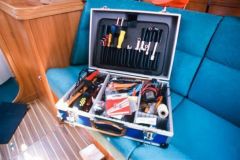Generally speaking, we know that at the beginning of the season we change the anodes and redo the antifouling and at the end of the season the engine is rinsed of sea water. This is, let's face it, about the only certainty we have about the maintenance of our boats. For the rest, we will generally rely on " it seems to me "or approximate dates.

However, just like what is done in cars, it would be in our interest to follow with great care the maintenance of our boats. If some people go so far as to note the replacement of a screw with its reference and purchase price (which allows a perfect accounting approach of its navigation), there is a middle ground for those who do not want such precision.
Document to create yourself
There is no maintenance booklet for boats, as there is for cars. If a new engine is almost always delivered with its logbook - which will have to be presented in case of breakdown under warranty - you will have to create your own logbook for your boat. If applications are being developed as logbook supports, by creating it ourselves, we are free to go to the level of precision that suits us, so we will try to list as exhaustively as possible what should be in the ideal logbook.
Besides, this notebook can take many different forms. From a simple notebook filled out by hand to a MySQL database filled out from a website for the geeks among us, there is a whole world of spreadsheets, Google forms, or Excel files. None of these methods are any better or less satisfactory than any other as long as you can find the information you need when you need it.
Document to be archived and protected
As soon as you start to fill in this maintenance booklet seriously, you will realize its value and the almost daily use it has in the maintenance of the boat. And if one day you sell this boat, presenting it to the future buyer is an excellent way to add a few hundred euros, sometimes more, to the selling price. It is thus an investment, just like a new GPS plotter or a new set of sails. This is why, whatever its form, this maintenance booklet must be maintained and saved. At the end of the season, the paper version of the logbook will be laminated and stored in a binder, while the computer version will be regularly saved and archived.
What to write in the maintenance booklet?
Several categories of information are to be noted in this notebook, we try to list them here.
- Daily check:
- Propeller congestion (algae)
- Fuel level
- Lubricant level
- Control status (helm, steering wheel, throttle lever)
- Engine cooling water outlet
- Free operation of the winches
- Turning on the navigation lights

- On intervention
- Periodical
- In case of damage
- Change a fuse (note the power and purpose of the fuse, and the possible explanation for its failure)
- Suspicious or unusual exhaust smoke
- Makeshift repair
To be completed as soon as possible after an action
We are more likely to go to sea for pleasure than to note these damages. This is why the maintenance logbook should be filled in when the work is finished. Moreover, the entry in this book should be part of the follow-up ritual, a form of conclusion of the repair or the planned DIY.
Think of the bills
If we certainly keep the invoices of important purchases, the boat itself, the engine or the sails, it can be prudent to keep also the purchases of modest amount. Not only will they serve to increase the value of the boat when it is resold, but they will also be useful for remembering the date of replacement of this or that item. Finally, in case of breakage or malfunction, remember that the warranty is legal on almost everything we buy, for a period of 1 to 2 years depending on the case. And that in order to claim it, the invoice is almost systematically requested.

The recommendation is to keep these invoices dry at home and, if you are computer savvy, scan each invoice for your records.
